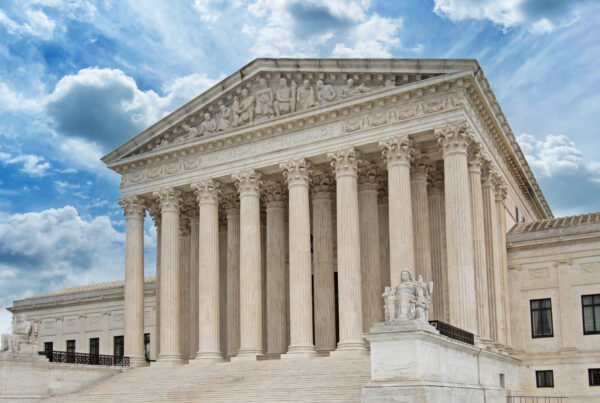Just about four months have gone by since the passage of the Tax Cuts and Jobs Act and taxpayers and practitioners alike have spent much time scratching their heads while trying to understand some of the major changes that are contained in this monumental piece of legislation. While there are numerous unintended consequences that practitioners have been trying to navigate with their clients, there are many other aspects of this legislation that will require guidance, in the form of regulations from the Internal Revenue Service, explaining exactly how these rules should be implemented.
One such area that is in desperate need of guidance is the new Qualified Business Income Deduction (QBID) available to noncorporate business owners. The main thrust of this provision is that business owners may be entitled to a maximum deduction equal to 20% of their “qualified business income” in calculating their taxable income for tax years beginning in 2018. The application of this provision, however, is not quite as simple as how it was publicized. There are several hurdles that taxpayers must overcome in order to benefit from the full 20% deduction. One such limitation is based on the W-2 wages paid by the business to its employees.
Generally speaking, businesses with little or no W-2 wages may find themselves with very little benefit from the 20% QBID. Taxpayers in this situation should be discussing with their advisors what planning opportunities if any, exist that may mitigate the impact of this limitation.
S-corporation shareholders of qualifying businesses will have some flexibility in adjusting their own W-2 salary in order to maximize their 20% QBID. The challenge that S-corporation shareholders will face is whether or not the salary paid to themselves is considered “reasonable compensation” in the eyes of the IRS.
While there is no definition of “reasonable compensation” in the Internal Revenue Code or Regulations, a good benchmark for S-corporation shareholders is what they would have to pay someone if they had to replace themselves. We expect reasonable compensation to be a hot-button issue in future IRS audits.
Partnerships and LLCs, however, won’t have the same luxury as S-corporations in adjusting owner’s salaries. This is because partners and LLC members are prohibited under the Internal Revenue Code from paying themselves W-2 compensation. Their compensation is paid as either a distribution of profits or as a guaranteed payment. For purposes of calculating the 20% QBID, neither of these forms of compensation, however, counts towards the W-2 wage limitation.
Partnerships and LLCs that are currently paying their owners through regular payroll (i.e., W-2) should reconsider this practice as it is expected that this will be challenged by the IRS going forward. If challenged, the deduction for such salary payments to the owners will likely be disallowed resulting in additional self-employment and income taxes due by the owners on their personal returns.
With the first major overhaul of the Internal Revenue Code since 1986, there are many changes that will have surprising results. Taxpayers are encouraged to have active discussions with their tax advisors now while there is still enough time to plan for any unintended consequences.





